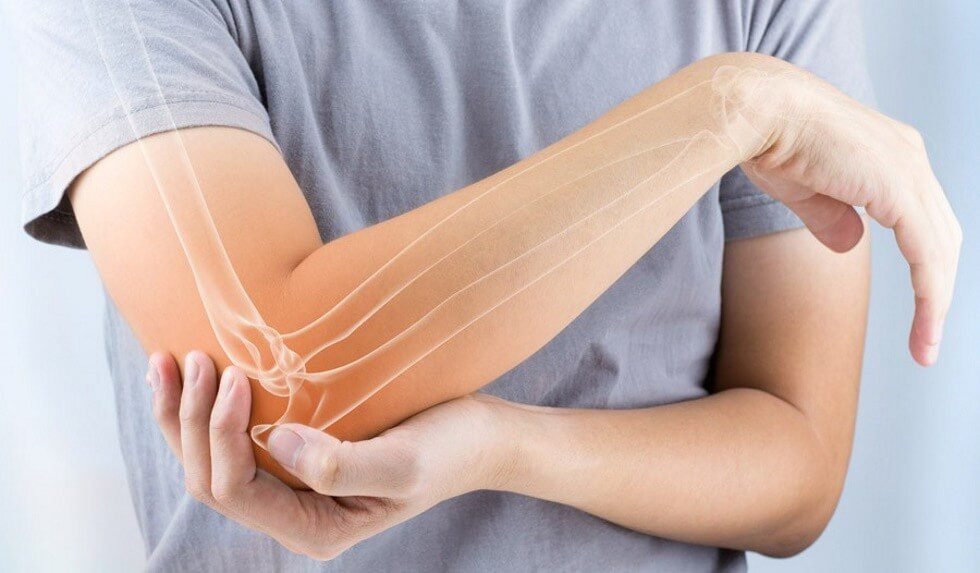Golfer’s Elbow Plantation
Golfer’s Elbow Plantation
Feeling discomfort or tenderness on the inside of your elbow after lifting, gripping, or repetitive motion? You may be dealing with Golfer’s Elbow (medial epicondylitis)—a condition caused by overuse of the forearm muscles and tendons that attach to the inner part of the elbow. At Theracave in Plantation, we offer personalized physical therapy to help reduce pain, improve mobility, and strengthen the affected area—supporting long-term healing and preventing future strain.
Golfer’s Elbow can affect anyone, from athletes to office workers and tradespeople, and can interfere with simple tasks like carrying bags, typing, or lifting objects. At Theracave, we begin with a thorough assessment to understand your symptoms and movement patterns, then design a customized treatment plan that includes manual therapy, targeted exercises, and progressive strengthening. Our goal is to restore your elbow function, relieve pain, and help you return to everyday activities with ease and confidence.

Causes:
Symptoms
How Theracave Help Us?
Areas We Serve:
- Broward
- Davie
- Sunrise
- Tamarac
- Miramar
- Lauderhill
- Plantation
- Hollywood
- Coral Springs
- Fort Lauderdale
- Pembroke Pines
- Deerfield Beach
- Pompano Beach
Q&A
What is Golfer’s Elbow?
Golfer’s Elbow is a type of tendonitis that affects the tendons on the inner side of the elbow. It’s caused by overuse or strain of the forearm muscles used to grip, twist, and flex the wrist.
Is Golfer’s Elbow the same as Tennis Elbow?
No. While both are forms of elbow tendonitis, Golfer’s Elbow affects the inside of the elbow (medial side), while Tennis Elbow affects the outside (lateral side). They involve different muscle groups and movements.
Can physical therapy help Golfer’s Elbow?
Yes. Physical therapy is one of the most effective treatments. It includes stretching, strengthening, soft tissue release, and correcting faulty mechanics that contribute to overuse.
How long does it take to recover from Golfer’s Elbow?
Recovery time varies depending on the severity and how early treatment begins. Most people experience significant improvement within 6–8 weeks of consistent physical therapy and activity modification.
What Customers Are Saying
Our Process
How It Works?
Reach out to us via our online form or call to schedule an initial assessment.
Based on your unique needs, we develop a tailored therapy program.
Our professionals guide you through each session, focusing on effective rehabilitation.


